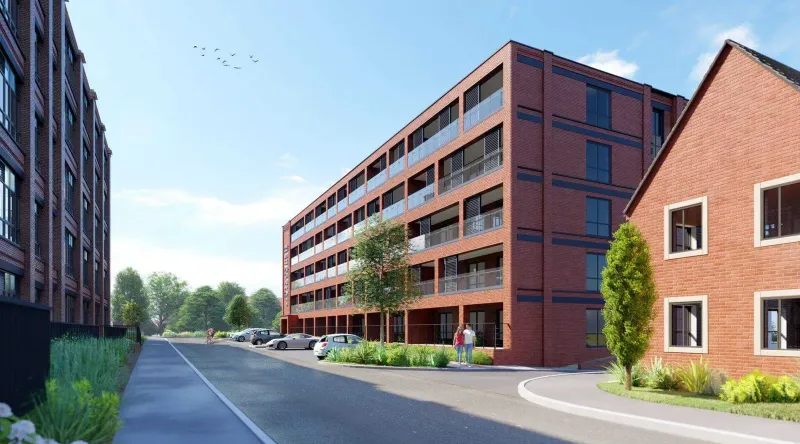
A beacon of light – Integrated communities and the future of housing
A beacon of light – Integrated communities and the future of housing
Written by David Williams, Chief Executive, St Monica Trust
The future of housing faces complex challenges that require those in government and in the housing sector to think more creatively about effective housing solutions.
Traditional housing schemes tend to be planned around the number of units that can be built in an area, along with a small number of basic services such as schools, faith buildings and shop units.
However, I would propose that we need to commit to not just build houses, but to build fully integrated communities – with older people at the centre of those communities.
When we put older people at the centre of a housing regeneration or development scheme, through the provision of retirement villages, it benefits both the local community and older people. Open access for the local community to the services provided in the retirement village means that community infrastructure can be provided in a much more cost effective way. Not only that, but with a retirement village operator acting as the steward of the site, you get a guaranteed provider of community services and a model that works financially.
The services provided by the retirement village operator could be wide ranging. Commercial operations could be provided such as cafés, bars and shops. Alongside these could be GP surgeries, schools, office space, gyms and spas, parking and recreation. As well as rental income, revenue would be generated that can be invested back into the wider community, perhaps to reduce the cost of social care or a cross-subsidy to ensure those of limited means will also have access to these services.
Imagine a retirement community built at scale at the centre of a housing development, providing a clear focal point for the community – a beacon of light in what otherwise might be another soulless housing estate. The benefits would be wide ranging. We know that the more integrated a community is the healthier and happier the population is.
Levels of volunteering soar and a shared responsibility for the community develops. Older people are rejuvenated by mixing with people of a wide range of ages and outlooks and the local community sees older people as valuable stakeholders at the heart of their community.



This is the approach that the St Monica Trust pioneered at The Chocolate Quarter – the first fully integrated retirement village in the UK. The Chocolate Quarter opened in 2017 and has 136 retirement apartments and a 93-bed care home. An additional 44 retirement apartments are currently under construction. The main buildings of the former Cadbury’s chocolate factory in Keynsham were redeveloped as the centrepiece of a general housing development.
As part of the design phase for The Chocolate Quarter, extensive research through community consultations and focus groups were undertaken to understand what the community wanted. Potential residents told us that they wanted the development to facilitate their current lives in the community, not shut them off from the community behind gates. We ran 250 focus groups to help us design the proposition at the Chocolate Quarter, including with future residents, their families, local people, schools, businesses and voluntary organisations.

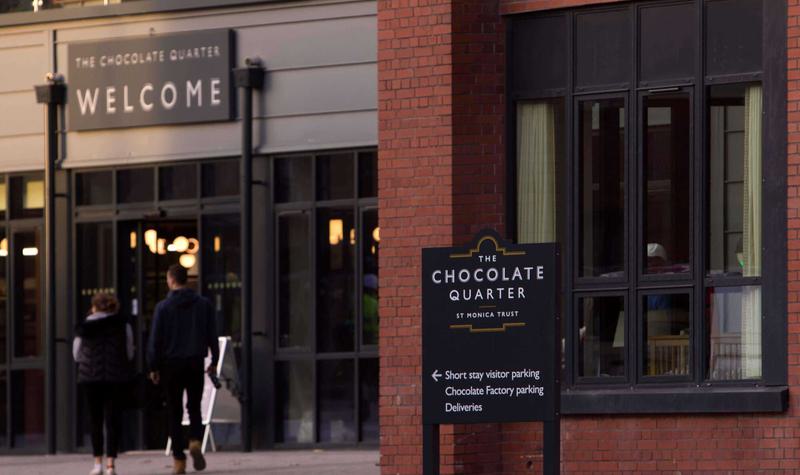
Potential residents said they wanted
- A desire to mix with people of different ages
- Facilities that would attract children and grandchildren
- Services that could compete with the high street
- Opportunity to learn new things and not be patronised
- Places to hold meetings and provide for faith needs
- Good GP services
- A supermarket
- Good design, not older people’s design
- To feel part of something bigger
- A neighbourhood not a retirement village
The Chocolate Quarter’s subsequent design allows people of all generations to come together to create a truly unique community atmosphere. It includes office spaces and retail outlets for local businesses and shared facilities with the local community, including an authentic pizzeria and restaurant, a spa, gym, swimming pool, cinema, craft studios for woodwork, pottery and art, hair salon, barbers and nail salon. The site also includes a sports club (with bar) and extensive playing fields where many local sports teams of all ages and gender are based. There is also a GP surgery and a convenience store will be opening in the New Year. On several days a week an indoor market can be found in The Chocolate Quarter’s reception area. All the facilities are open to the local community and are very well supported.
Gallery
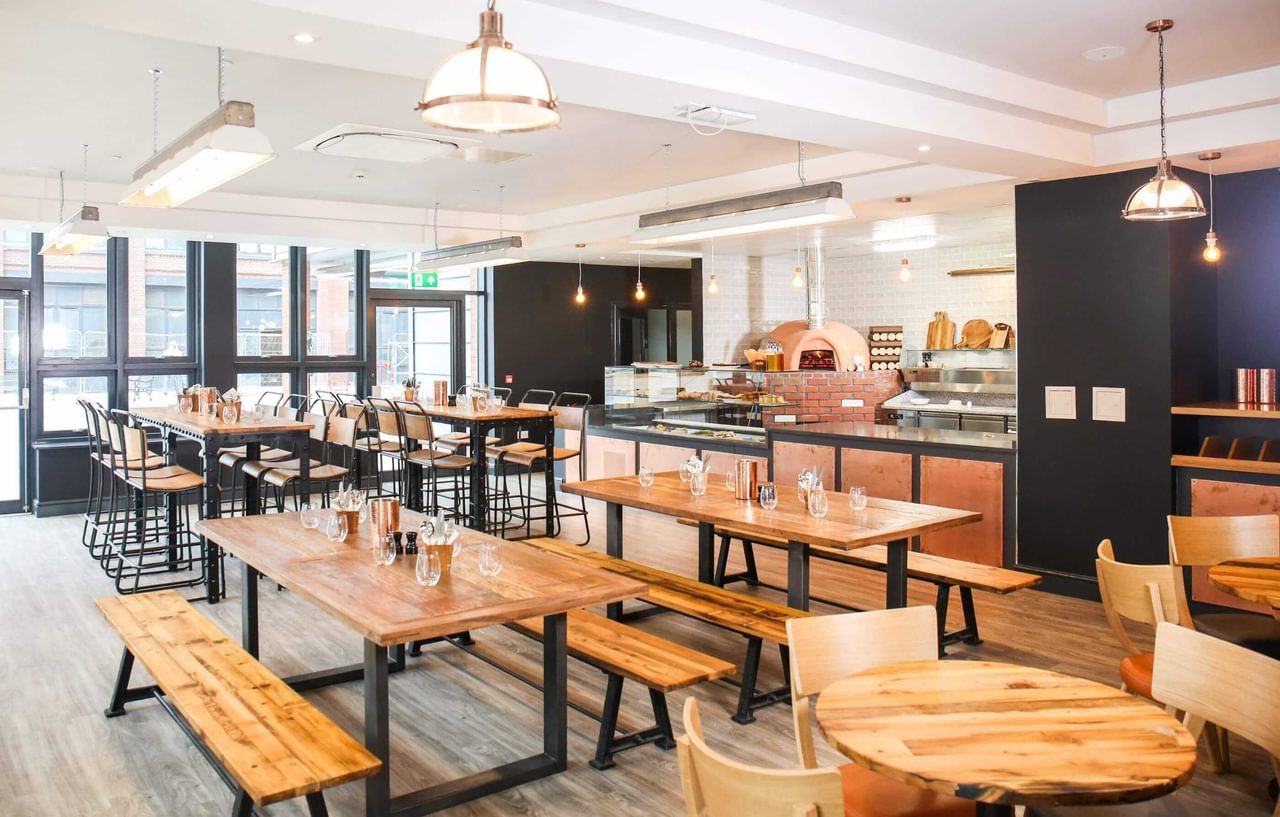
B Block Pizza at The Chocolate Quarter
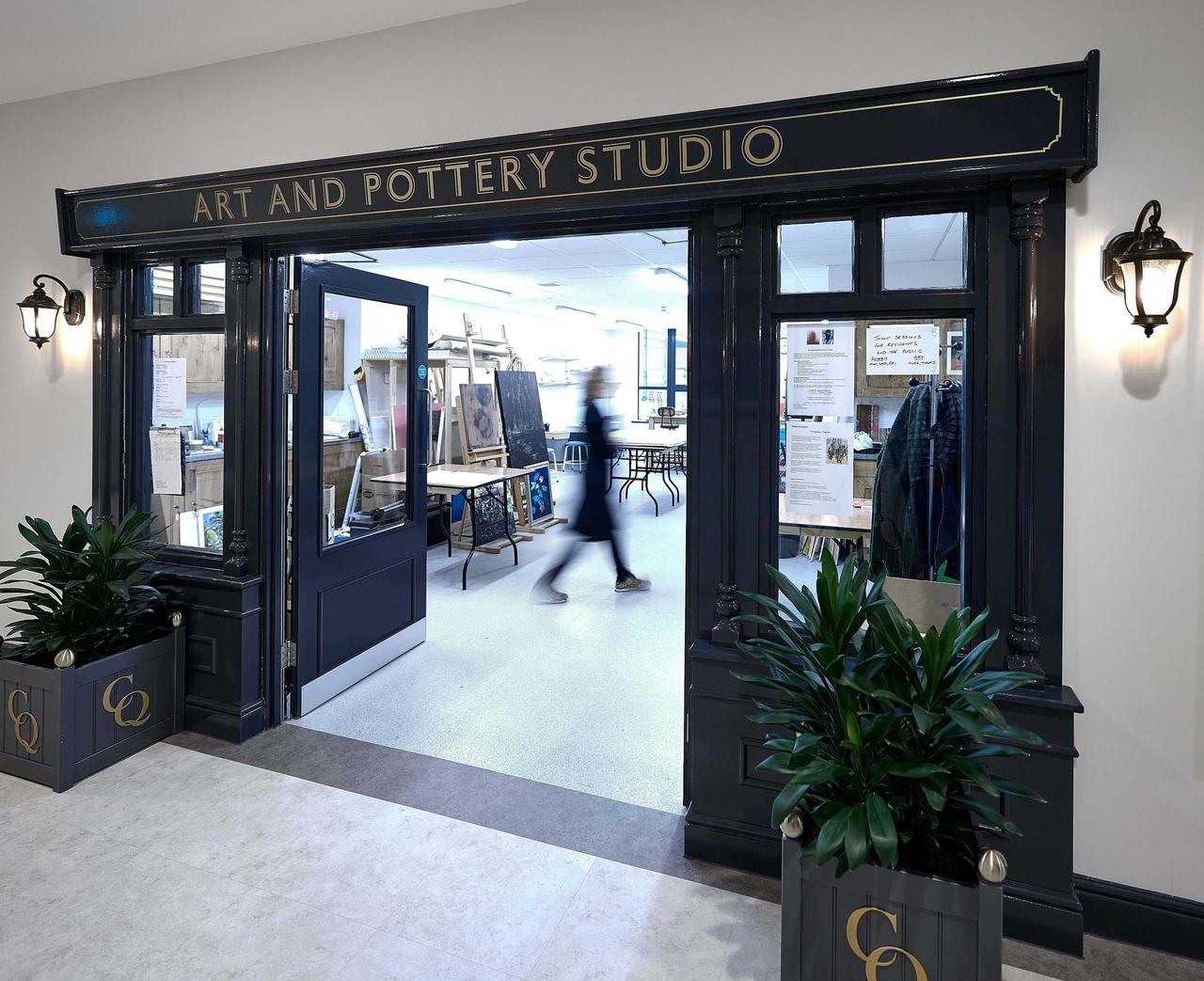
The Chocolate Quarter Art And Pottery Studio Image
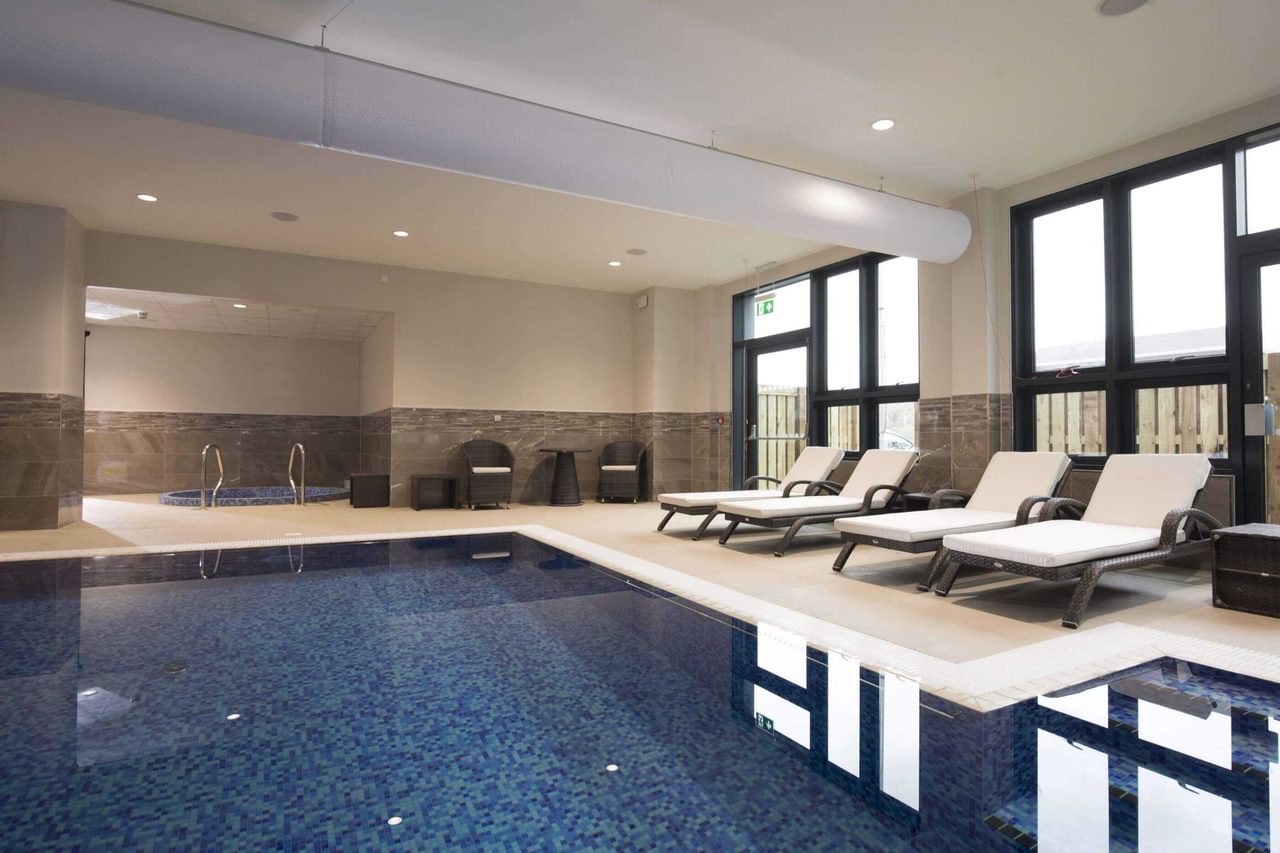
The Chocolate Quarter swimming pool

Gym at The Chocolate Quarter
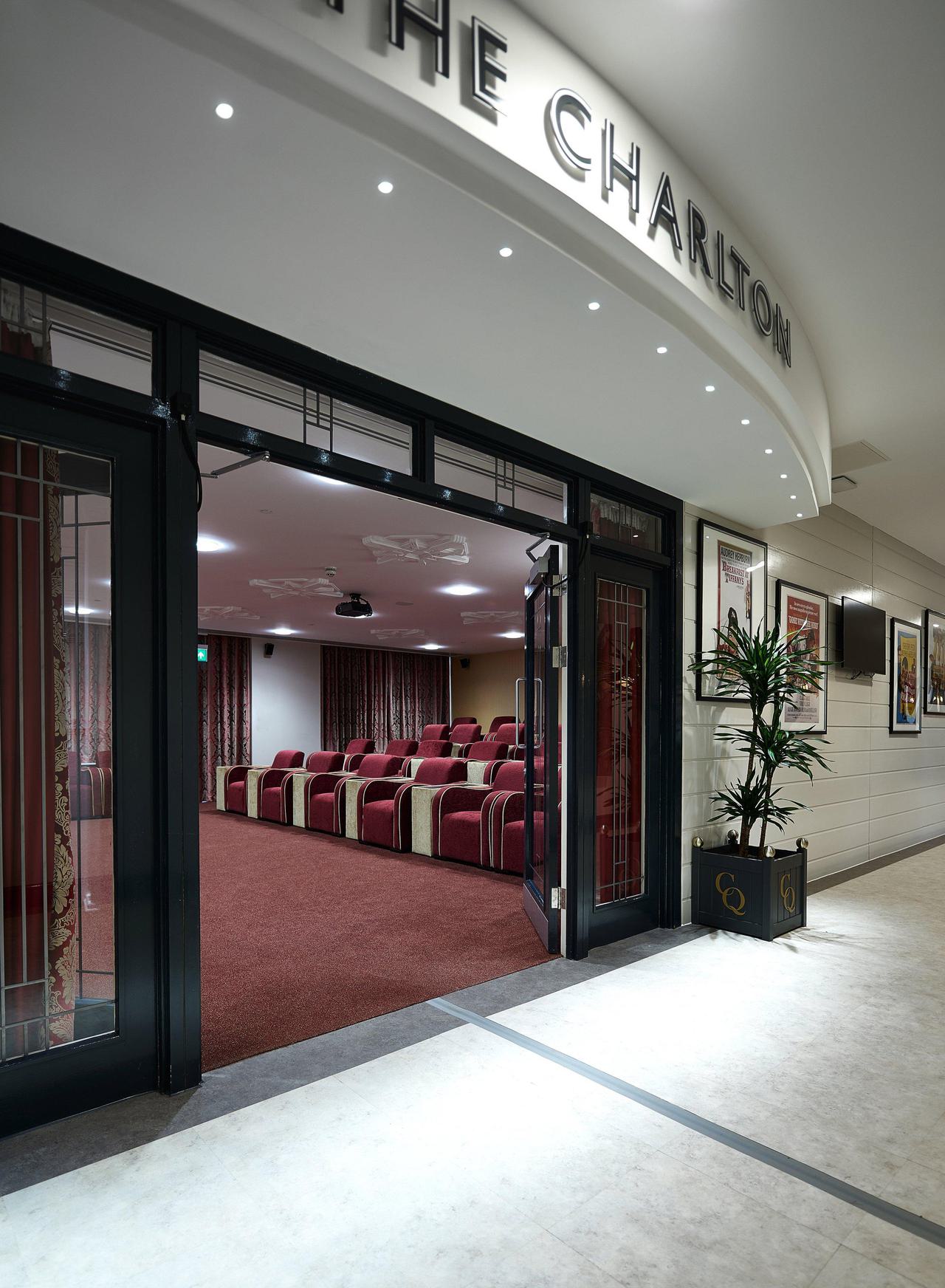
Chocolate Factory8232
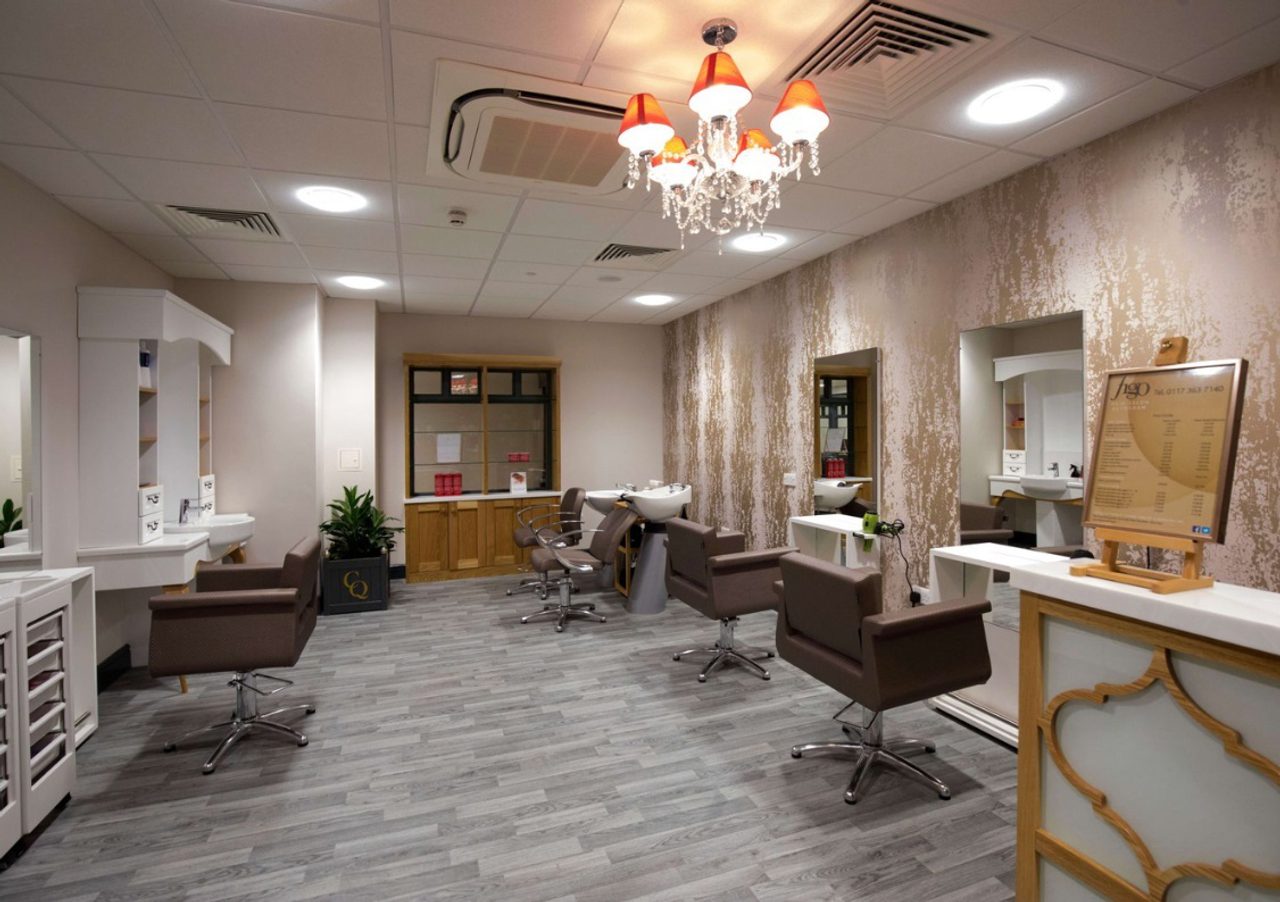
The chocolate quarter retirement village salon jpg
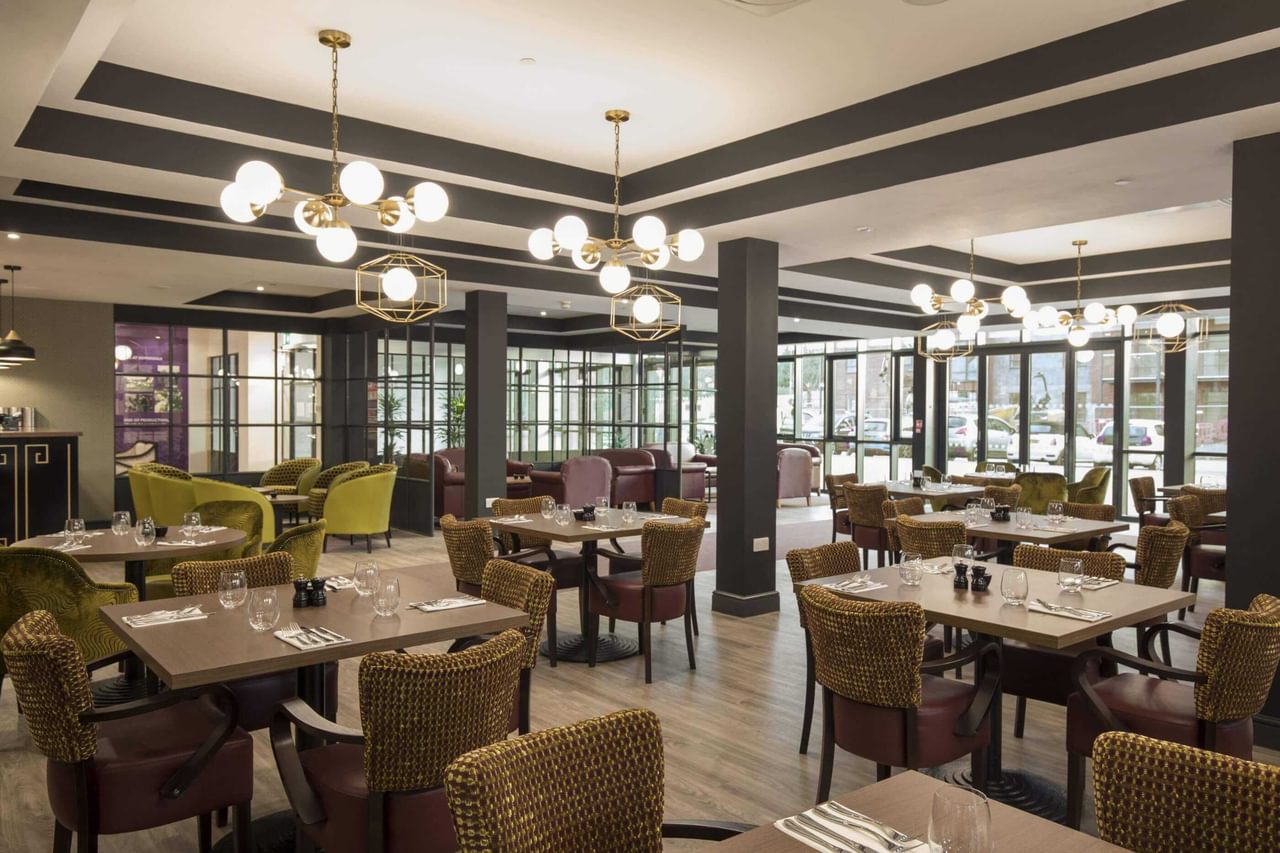
Somer Dining at The Chocolate Quarter
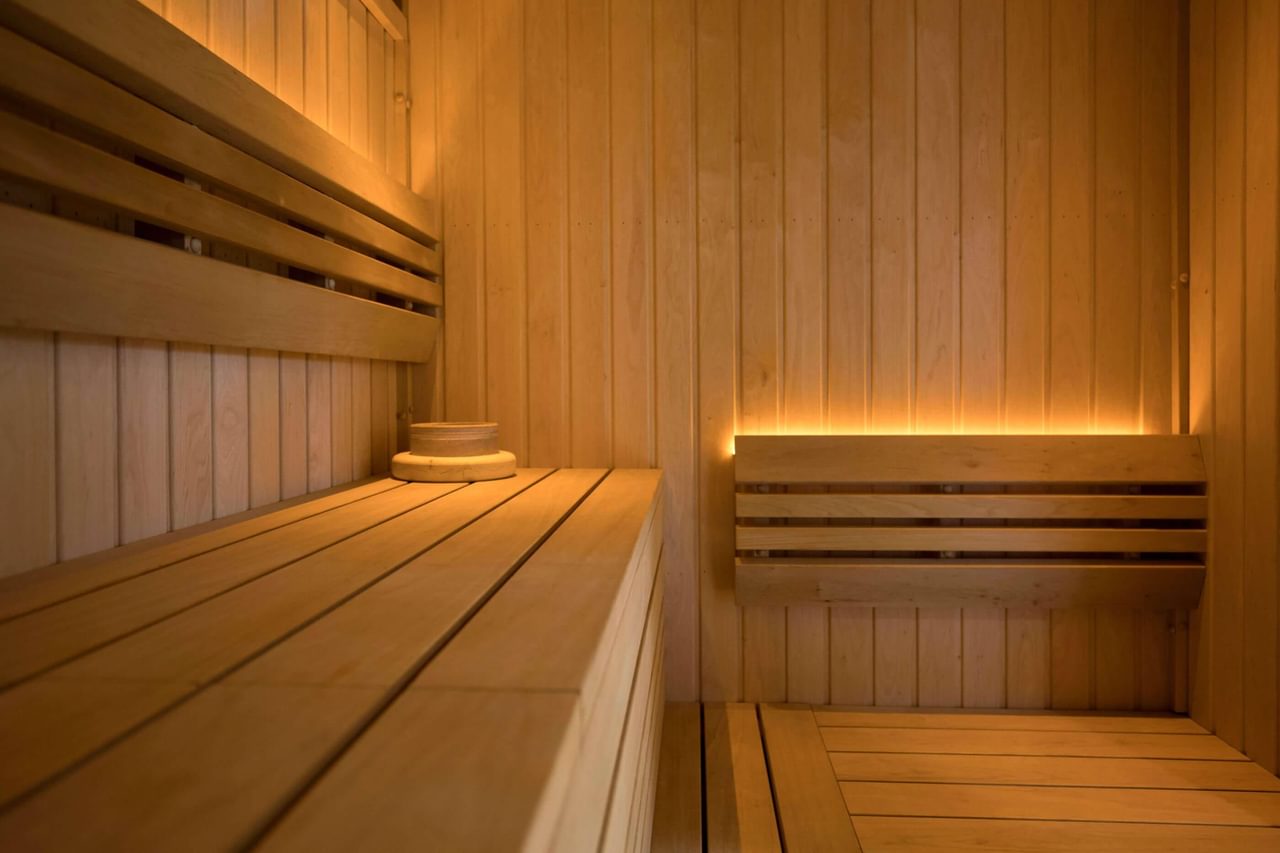
Sauna at The Chocolate Quarter
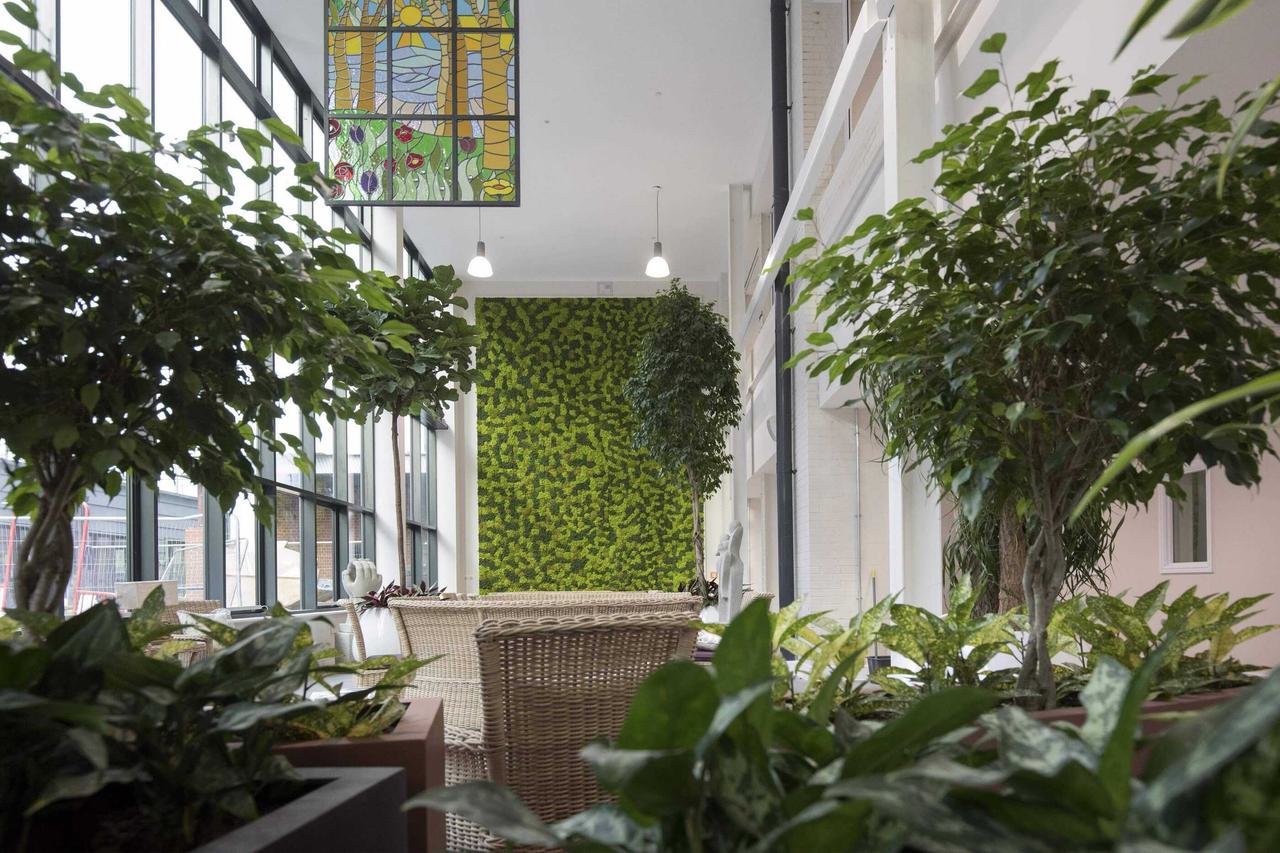
The Chocolate Quarter Foliage Moss Wall October 2017 10 min
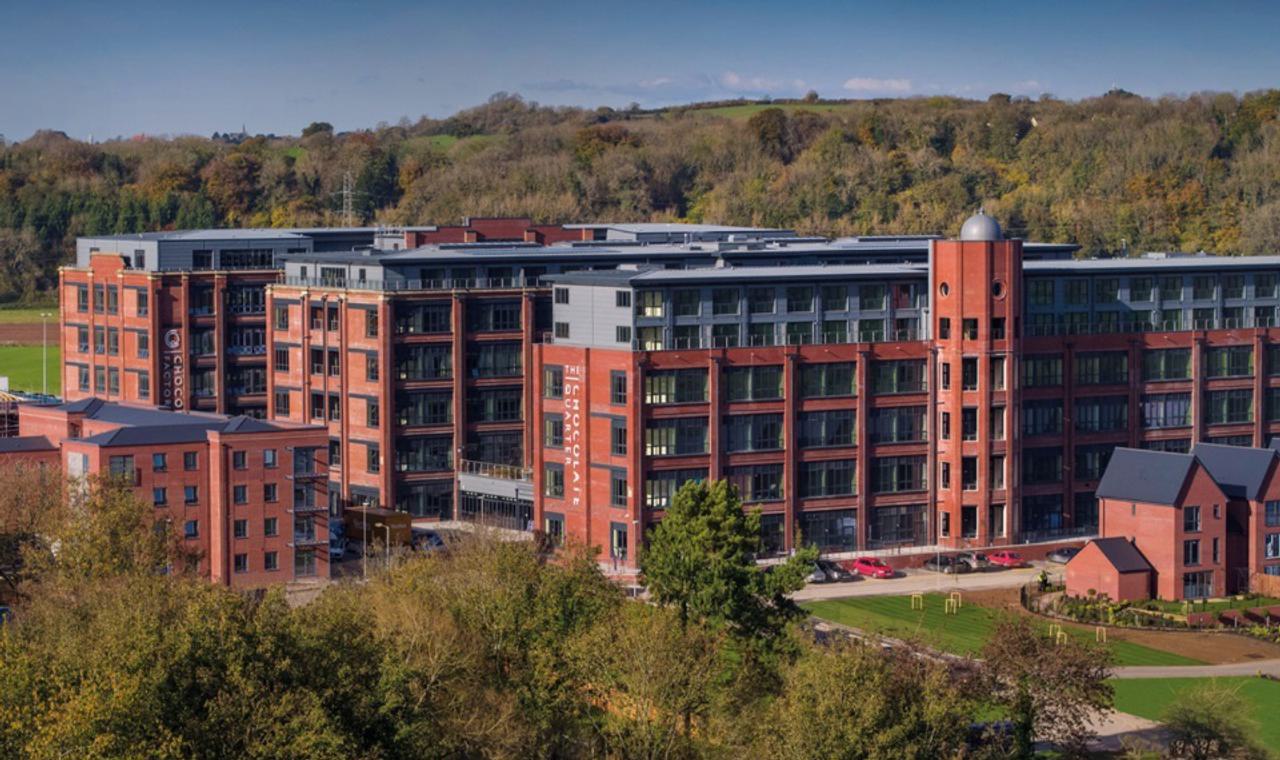
The chocolate quarter retirement village 2 jpg




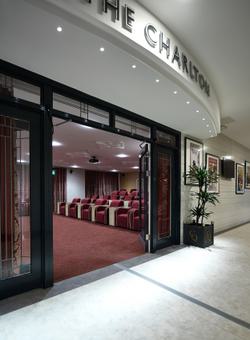


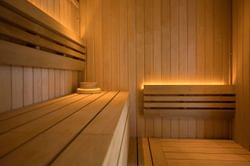
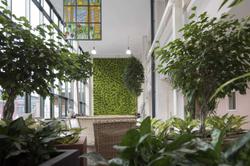
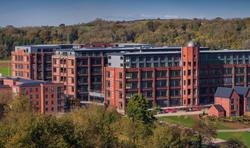
The result was that The Chocolate Quarter was 100% sold in 18 months. Today, occupancy remains at 100% with healthy waiting lists. 500,000 community visits are recorded each year – evidence of a real community rather than just a retirement village. The pizzeria and restaurant is profitable, employment is now far higher on the site than when it was a chocolate factory, resident satisfaction sits at 97% and through the cross-subsidy model, we’ve been able to keep costs affordable for residents.
In addition, £50,000 to £100,000 per property has been added to the to the values of the general needs housing that surrounds the site and our presence is widely credited with the regeneration of the local high street.

Not only did the development make clear business sense, but it also delivered the type of community life that our residents and local residents desired and have come to value.
It is clear to me, evidenced by the success of The Chocolate Quarter, that this fully integrated approach should be the pattern adopted by the government and the sector for future housing developments. Having a retirement village as an anchor organisation in a development make sense, both commercially and in terms of a flourishing community life.
It’s time to stop developing general needs housing in isolation from older people and putting gates around retirement communities. As we’ve found at The Chocolate Quarter, when integrated, the whole is much, much more than the some of its parts.









